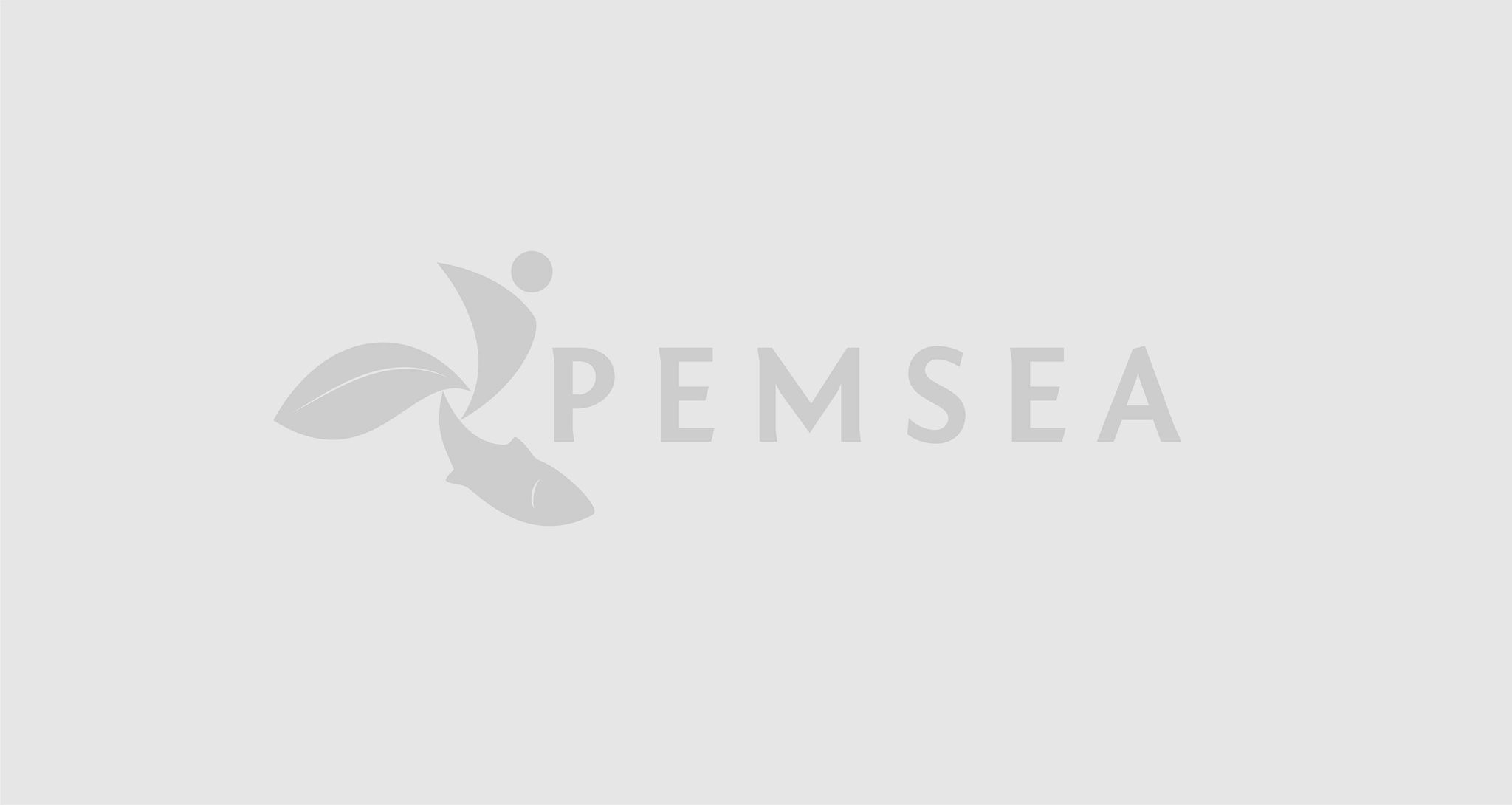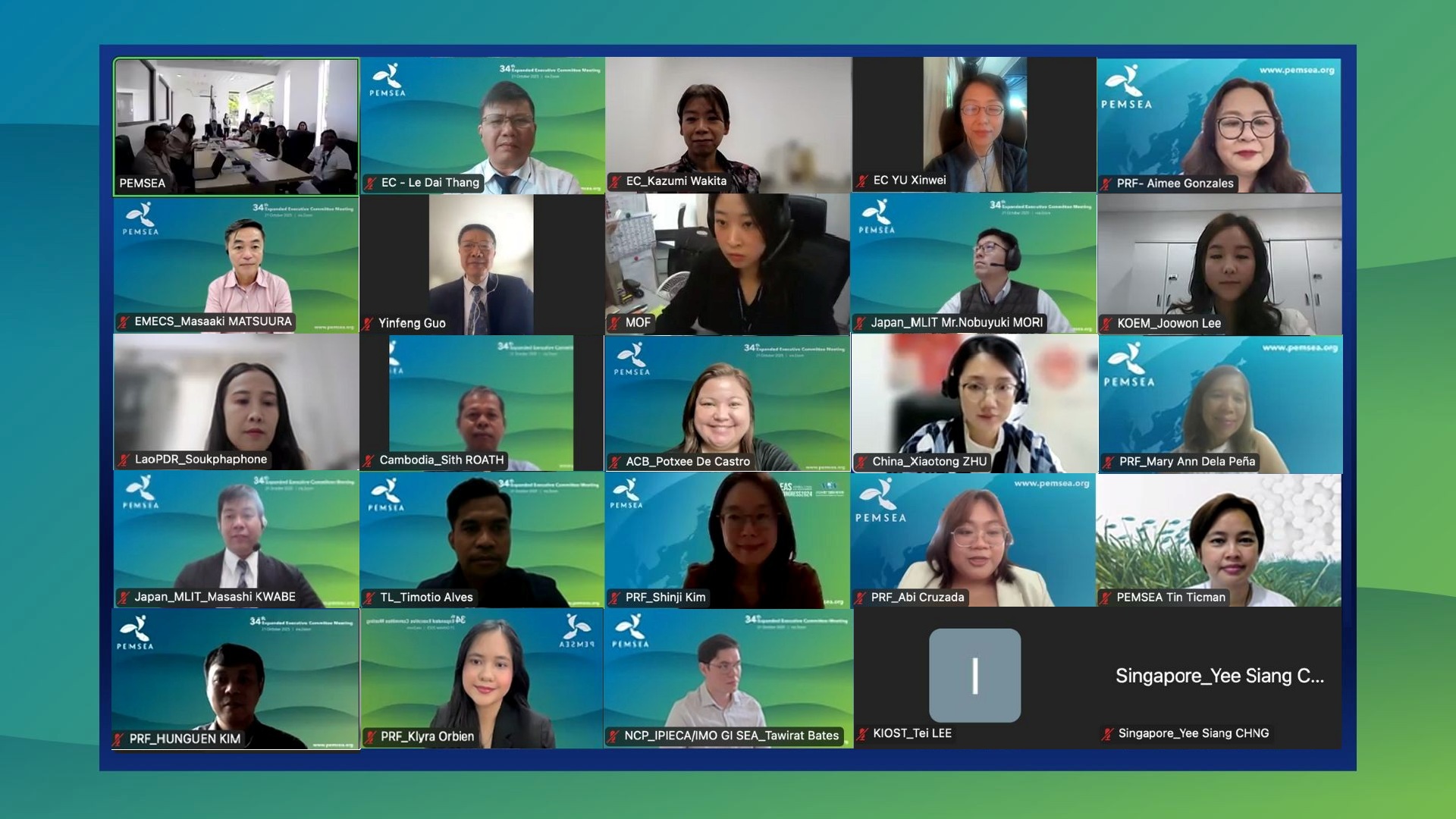Joint Planning for Sustainable Coastal Development in the Philippines
Saturday, 19 March 2011

Quezon City, Philippines — As a signatory to the Putrajaya Declaration and the Haikou Partnership Agreement, the Philippines has committed to develop and adopt a national coastal and ocean policy and contribute to the target of scaling up ICM to cover 20 percent of the region's coastline. These two objectives have been adopted by PEMSEA participating governments as two measurable milestones in implementing the Sustainable Development Strategy for the Seas of East Asia over the next 5 years.
A key step towards realizing these commitments entails joint planning and consultations with representatives from key government agencies with roles and responsibilities in coastal and ocean management, local government units, the academe and other relevant stakeholders. The objective of the joint planning is the development of a national framework and implementation plan for the sustainable development of the coastal and marine areas of the country.
A series of joint planning workshops were conducted at the national level (17-18 November 2010) and at the regional and provincial levels (16 February 2011 for the Ilocos Region, Cagayan Valley, Central Luzon and Cordillera Administrative Region; 25 February 2011 for Macajalar Bay, Misamis Oriental in northern Mindanao and 10 March 2011 for Western and Central Visayas). Specifically, the planning workshops identified strategic objectives for the sustainable development of the coastal and marine sector covering the period 2011-2015 and identified major activities, key geographic areas, measurable targets, resource commitments and monitoring and reporting procedures to achieve the five-year strategic objectives. The 5-year objectives are focused on the following:
Enhancement of risk reduction management system and institutionalization of disaster management programs at all levels;
Improvement of the status of coastal and marine habitats and fisheries resources in priority areas; and
Localization of integrated river basin and coastal area management in identified priority basins and their associated urban areas.
The regional and provincial consultations were very important in that specific actions, priority areas, targets and timetables in implementing SDS-SEA on the ground were identified. Moreover, the joint planning was very timely since it coincided with the consultation process for the formulation of the Medium Term Philippine Development Plan (2011-2016), the blueprint for the country's growth and development. This ensures mainstreaming the SDS-SEA Implementation Plan into the medium-term development plans of the concerned national agencies.
The key output of the joint planning is a draft medium-term SDS-SEA Implementation Plan for the Philippines, which will be disseminated to key national agencies and stakeholders for review prior to the conduct of a national interagency workshop in April 2011.
The pre-publication version of the 5-year SDS-SEA Implementation Plan will be launched at a high-level National Forum on Sustainable Development of Marine and Coastal Areas of the Philippines where policy makers, high-level government officials, and representatives from the donor community, the private sector, the academe and civil society are expected to attend.



